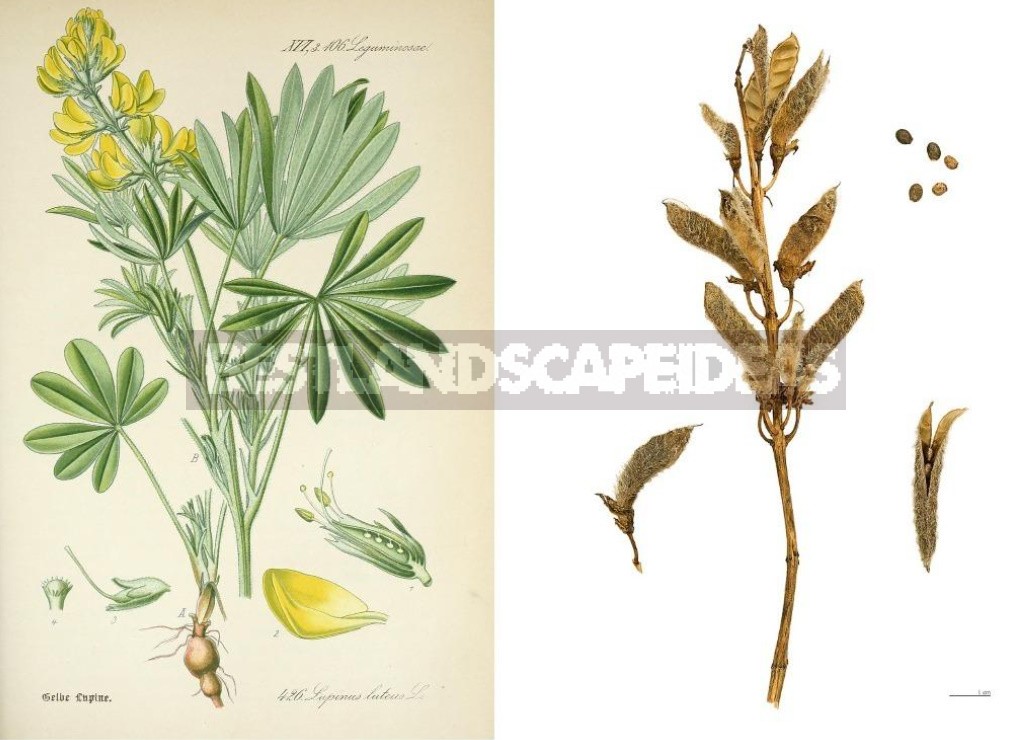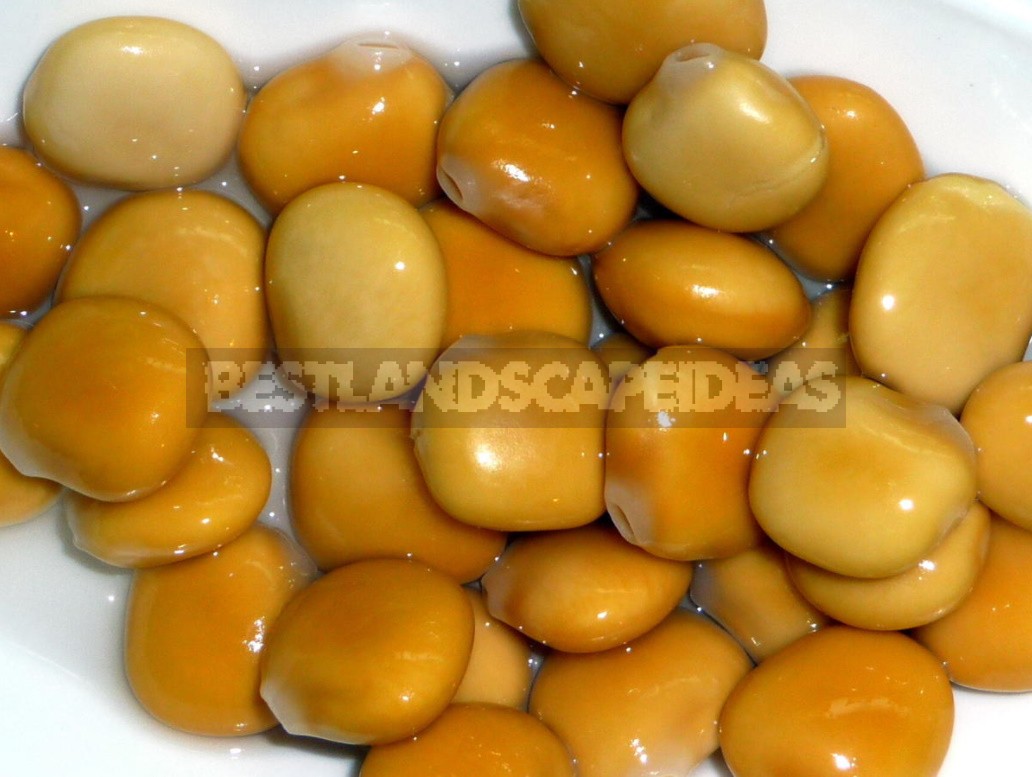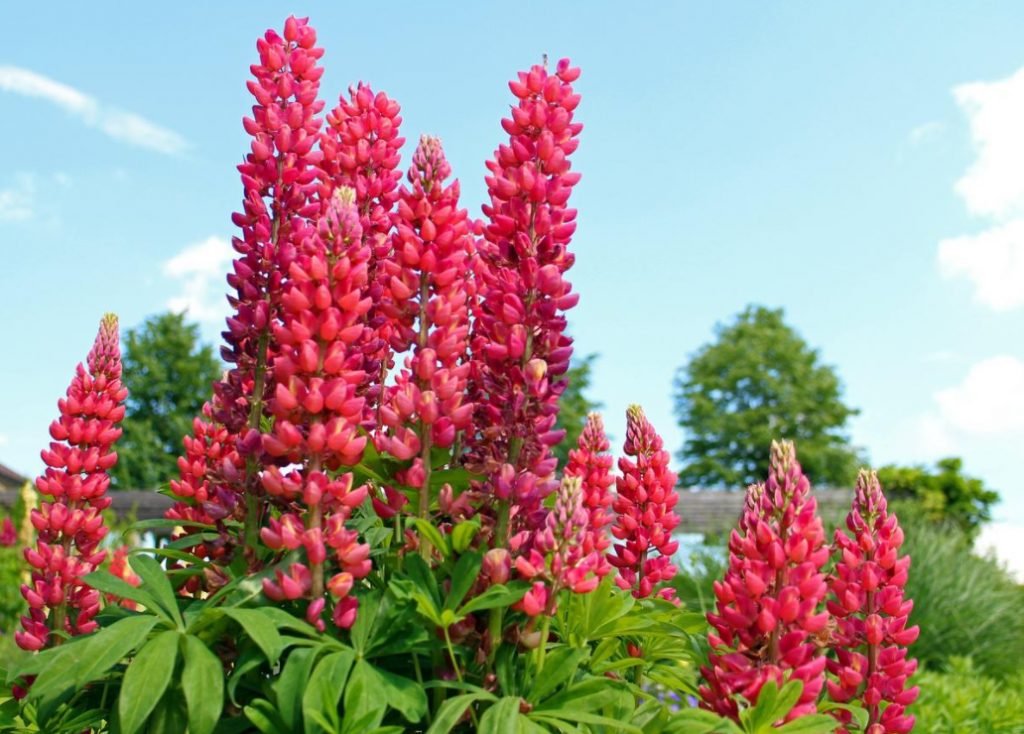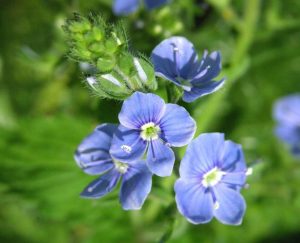Looking at photos of luxurious southern gardens, we are often saddened by the fact that many heat-loving plants do not withstand the harsh climate, and we exclaim with annoyance: “Why are there no flowers that can grow in Alaska and Africa?! Most of us are sure that this question is rhetorical. But there is such a plant! Moreover, people have known it since time immemorial, and they began to grow it long before the Birth of Christ. In fairness, it is necessary, of course, to add that not for aesthetic purposes, but for use in food, but this does not detract from its other advantages.
The plant is lupine. Of course, we should not think that we are talking about a single species that has miraculously adapted to survive in completely different climatic conditions. Lupin is a huge genus, numbering, according to various sources, from 200 to 1000 species, growing in various parts of the globe.
Lupin: a history of the family
The name of the genus comes from the Latin word “lupus”, which means”wolf”. Most likely, the plants received such a formidable name for their remarkable ability to survive, absorbing nutrients from the soil, even in the most adverse conditions. However, there are beliefs that it was from lupin that they prepared a polyjuice potion that turns a person into a wolf.

Scientists suggest that the ancestors of lupin appeared on our planet in the Cretaceous period. Their homeland was the vast continent of Laurasia, located in the Northern Hemisphere. The continents formed after its split spread out over vast distances, and plants continued their further development independently of each other in both the Eastern and Western hemispheres. This is the reason for the species diversity of lupins. Among them there are ten-centimeter babies and giants that reach four meters, there are annuals, herbaceous perennials and even shrubs.
Lupin from the point of view of botany
With such an impressive variety, all lupins have common features that are characteristic of both this genus and other plants in the Fabaceae family. Lupins have a taproot on which the nodules of the bacteria Rhizobium lupini are located. Thanks to these bacteria, lupins have a wonderful ability to accumulate nitrogen in the soil, which makes them unsurpassed siderates.
The leaves of lupines are palmately complex, the leaves can have a variety of shapes, often with a silky-pubescent surface. The inflorescence is an apical raceme with zygomorphic flowers arranged alternately or in whorls, and the fruit, of course, is a bean with many seeds, each having its own color, shape and size.

The diversity of species of lupine
Botanists began to pay attention to lupin a long time ago. As early as the sixteenth century, three annual species were described by Mateo de Lobel: Lupinus albus, L. angustifolius, and L. luteus. Carl Linnaeus already knew six species belonging to the Mediterranean. The Lupines of the New World began to be studied much later, in the nineteenth century.
Most of the members of the genus grow in the western hemisphere. Lupines can be found in Chile and the Yukon, high in the mountains and on the ocean.

In the United States, for example, they grow everywhere except in three states: Missouri, Arkansas, and Tennessee. In Canada, only the province of Manitoba was “deprived”, and in South America – tropical rainforests. But several types of lupine feel great in Alaska! These are L. arcticus, L. kuschei, and L. nootkatensis. All three species can withstand extremely low winter temperatures and grow well in poor soils.
It is because of its amazing resistance that L. nootkatensis has been introduced to Iceland, where it is used to combat erosion and increase soil fertility.

Among the American species, there are many low-growing inhabitants of the highlands, which makes them especially desirable for lovers of alpine plants. Strong pubescence, which helps the plants to conserve precious moisture, gives the leaves of these lupins a silvery hue, making them look extremely decorative. The specific names of these adorable babies often speak for themselves: L. minimus-a cushion-shaped plant with purple flowers; L. argenteus with silky lanceolate leaves; L. pusillus with horizontal branches.
Both on the American continent and in the Old World, there are many annual lupins. They are extremely diverse. Surprisingly good, for example, L. ornatus. The height of this North American species does not exceed 80 cm. It has powerful stems, delicate leaves with silvery pubescence and very beautiful inflorescences.
L. mutabilis reaches a height of two meters. Its flowers have an aroma and have a very diverse color: white, pink, purple. This species was introduced to the culture by the ancient Incas several centuries before our era. But L. nanus, which is native to California, has a much more modest size. Its shoots first spread on the ground, and then rise and at a height of forty centimeters end with racemes of blue, blue or white flowers.

The most famous of the European annual lupins is undoubtedly Lupinus Albus. People cultivated it already in ancient Greece and in Egypt, where it served as a prototype of the current fast food. There it was called “thurmus”, which meant” hot”, because it was in this form that it was eaten on the streets. It has not lost its agricultural significance in our days. Together with the narrow-leaved and yellow lupine, white is grown in many countries and is a very valuable crop.






